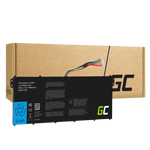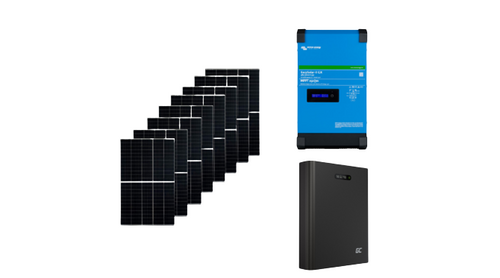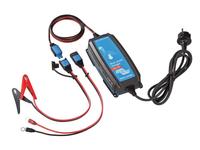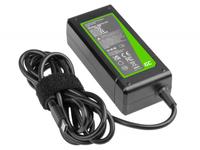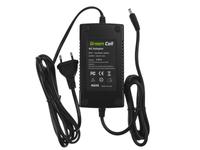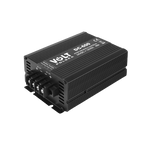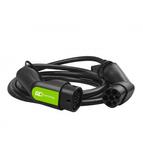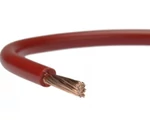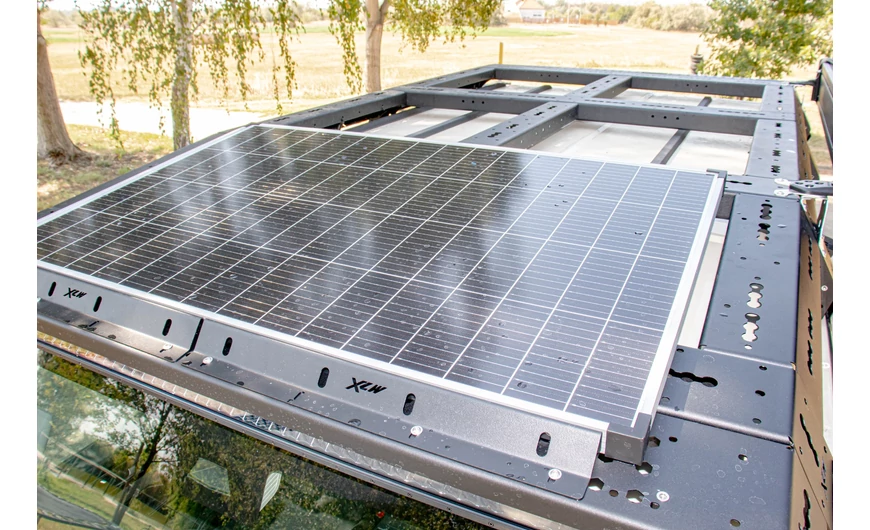|
|
The Use of Solar Panels |
High-quality solar panels contain semiconductor materials in their cells, most commonly silicon, which release charge carriers (electrons) when exposed to sunlight. These tiny particles start moving in the internal electric field of the cell, generating direct current (DC). However, this current is not used directly in households, since most appliances require alternating current (AC). For this reason, a device called an inverter converts the generated energy into a usable form for everyday equipment.
One of the major advantages of the technology is that it operates completely silently, has no moving parts, and the process itself produces no harmful emissions. A solar panel harnesses the energy of photons arriving from the Sun, which means that as long as the Sun shines, it generates electricity. The system’s performance naturally depends on the intensity of sunlight, the season, and the tilt angle of the panels. Proper orientation and installation are almost as important as the chosen technology itself, since poorly positioned panels can underperform for decades.
When someone wants to install a solar panel, the first question that arises is which type to choose. The most common are monocrystalline and polycrystalline panels. The former are darker and can convert light into electricity with higher efficiency, thus producing more power on a smaller surface. This is particularly advantageous when roof space is limited.
Polycrystalline versions are slightly lighter in color, cheaper to manufacture, but offer somewhat lower performance. Nevertheless, they can be ideal for many households, especially when larger installation areas are available and cost is an important factor. Naturally, the solar inverter also plays a crucial role in the system.

|
|
Investment in the Future |
Installing solar panels is not just a passing trend, but a financial investment. In recent years, energy costs have begun to rise at an unprecedented pace, and due to increasingly strict environmental regulations, the demand for renewable energy sources continues to grow. A well-designed system can cover the entire energy needs of a household, and if there is surplus production, it can even be stored with the help of batteries. Naturally, thorough planning is required to truly get the most out of the system. It is essential to involve a professional in the process to avoid problems during production and operation.
|
|
A Long-Term Decision |
The benefits of using the right solar panels can be enjoyed for decades. With proper planning, careful selection, and precise installation, the amount on the electricity bill will decrease, and we can create a more sustainable future. In our online store, you can find everything necessary for the implementation, helping you get the most out of your own system.

